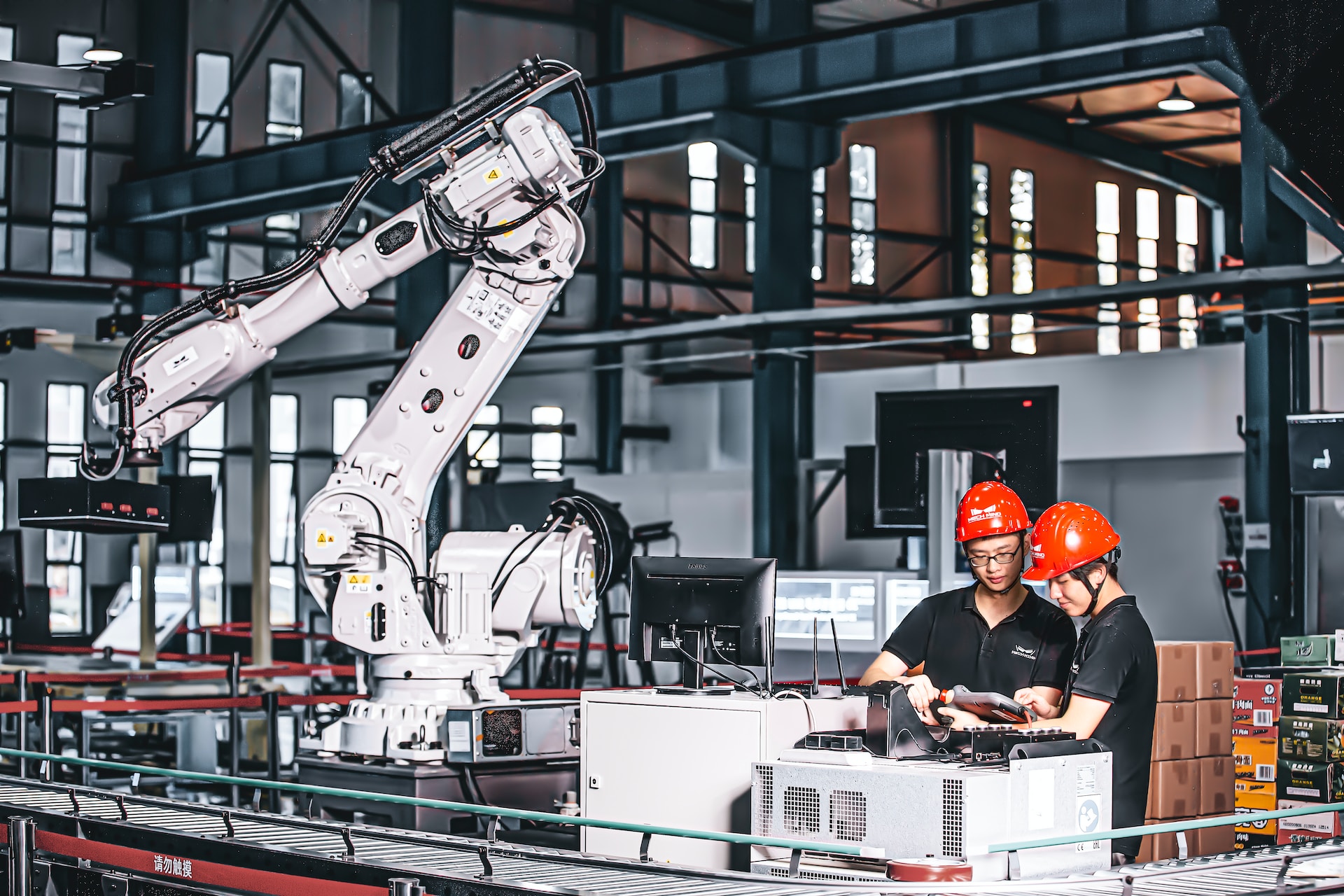



Revolutionized is reader-supported. When you buy through links on our site, we may earn an affiliate commision. Learn more here.
The aptly named distribution strategy is a business’s key to success when they have products or services to deliver. Among other things, creating an intelligent and robust distribution strategy will:
The following guide has a number of ideas for decision-makers to take their distribution strategy to the next level.
A well-crafted distribution strategy will look different depending on the company and its circumstances. It’s the year 2022, though, and a few top priorities have risen to the top of the pack. Today, those priorities include omnichannel distribution, understanding customers totally, and keeping the environment in mind.
There are more distribution channels at your disposal than ever before. If you sell online, offline, and through the phone, then you already have what’s called an omnichannel distribution strategy.
Brick-and-mortar stores used to rule the day, but e-commerce takes a larger piece of the pie every year. You want to know you’ve chosen the right paradigm for your distribution strategy, including:
Whatever you choose, try to future-proof it. Your company might look different in a few years’ time, and so will your distribution channel requirements. Try to anticipate how you’ll expand, evolve, pivot, and otherwise expand your reach. If you need to take on partners, make sure they can grow right along with you.
This point should take far less work and mental bandwidth than the first one. You got into this line of work because you knew you had something of value to offer a particular audience. You knew your services or products could improve somebody’s life, and you chose to make a career out of it.
You’re already well on your way to putting yourself in your customers’ shoes. Understanding their needs means knowing their pain points, anticipating their questions, and generally creating a presentation that takes any doubt or wariness out of their heads. Start with the basics – sharpen and fine-tune the following elements in your digital presence to answer some of the common problems and needs among consumers today.
Photos and videos are sometimes the only way your customers can interact with your wares before making a purchase. Make sure your media is detailed and appealing. Show off every feature, proudly. You might even use augmented reality (AR) so the consumer can place the product in their home.
You have limited time to answer questions from your customers – and they have limited time to ask them. Anticipate the questions your audience will have and organically weave the answers into product copy, company blogs, and/or frequently-asked-question (FAQ) articles.
Test your website yourself or have a professional web designer do it for you. It should load quickly on every platform and deliver an experience that scales seamlessly to suit the user’s device. Make sure visitors can navigate easily and find their way around, including backtracking to previous products or categories they’ve viewed.
You might decide that your distribution strategy, at this time, should be built on existing channels and storefronts – like eBay, Etsy, and Amazon. Use all of the features these platforms offer, like metadata, rich descriptions, embedded media, and high-resolution product images. Your products can really shine when you don’t have to concern yourself with building or maintaining the backend of the website itself.
Recent research says around 39% of consumers today rely on social media websites as their primary motivation and inspiration to make a purchase. Folks increasingly want to see entertaining, responsive, and undeniably human presences from brands on these websites. Even more importantly, they view such platforms as a direct line to the company when they need help or have questions. This can be a huge source of exposure and a significant boon to your distribution strategy if you do it right.
Surveys consistently show how concerned the general public has become about the health of the planet. Although individual consumers don’t always get to choose the company that distributes the products they rely on, every value chain needs to pivot to greener, more sustainable practices to remain relevant. Any company associating with reckless or environmentally destructive organizations may find their growth and profits limited as they move forward. Here are a few recommendations:
Your customer base will reward you for taking sustainability, waste, and the future of the planet into consideration as you scale your organization.
In time, you’ll find your own ways to improve the success and resilience of your distribution strategy. This guide will take you part of the way, but your own circumstances should dictate the strategies and technologies you choose. Remember to always work with the individuals on the front lines of your business as you contemplate changes and additions – they’ll be able to tell you about which areas are functioning well and which ones could use some work.
Revolutionized is reader-supported. When you buy through links on our site, we may earn an affiliate commision. Learn more here.


This site uses Akismet to reduce spam. Learn how your comment data is processed.